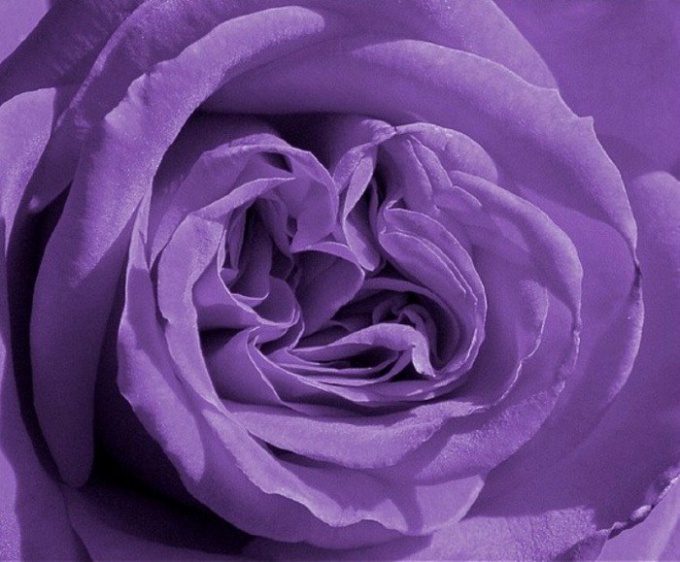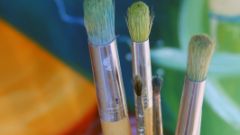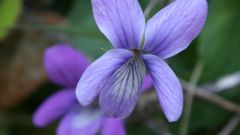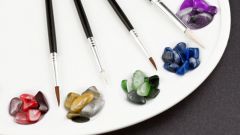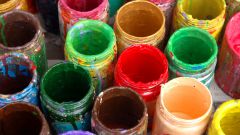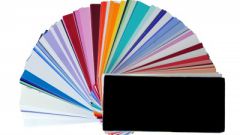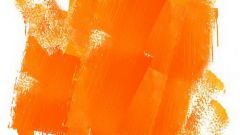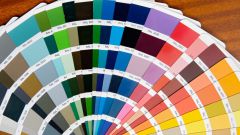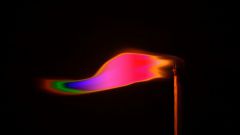You will need
- - a palette or container for mixing;
- - paint (red, blue, black, white);
- - brush;
- - water.
Instruction
1
The purple color obtained by mixing red and blue to create a darker shade, you can add black. Because paints are different, this circumstance has influenced the process of their connection. The easiest way to get the purple color out of watercolors and gouaches.
2
If you selected a watercolor, before starting, dip the brush in a container with water and dissolve the red paint, take the required amount. Press the part onto the palette, wash the villi, not pressing them, dial the blue color. Carefully start to mix with the red to the desired shade. Paint air dries, so if you don't end up used color on the palette and they are hardened, simply dissolve them with water. Not worth it for violet tones to use the white color when applied to a sheet of paper it will give the impression of opacity, unusual for paintings watercolor.
3
After drying, gouache becomes a little lighter, and this property should be considered when selecting colors. It can be mixed on a flat palette or in a separate jar. To do this, take a brush and enter the desired amount of red paint, put it in an isolated environment. Once done, rinse the brush – it should be wet, the excess water must be removed. Dip it in blue color and press the part next to the red color, designed for mixing, start to connect. To make the tone light and gentle will help the addition of white, and to get a dark shade, use black.
4
Proceed with caution: connect the paint gradually, achieving a steadily increasing saturation. Basically, to get the purple color on the canvas in the drawing process, however, such experiments require precision, which is acquired through practice.
